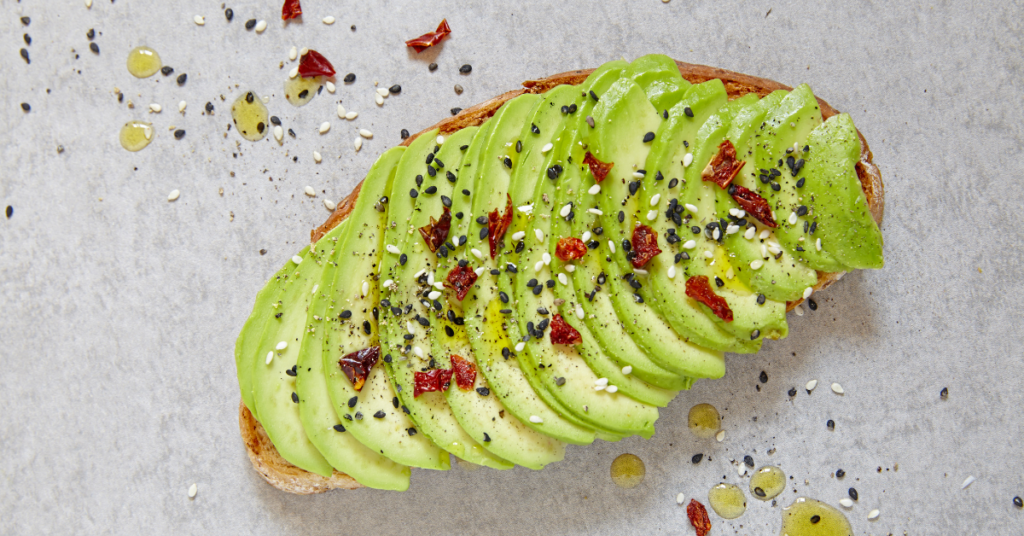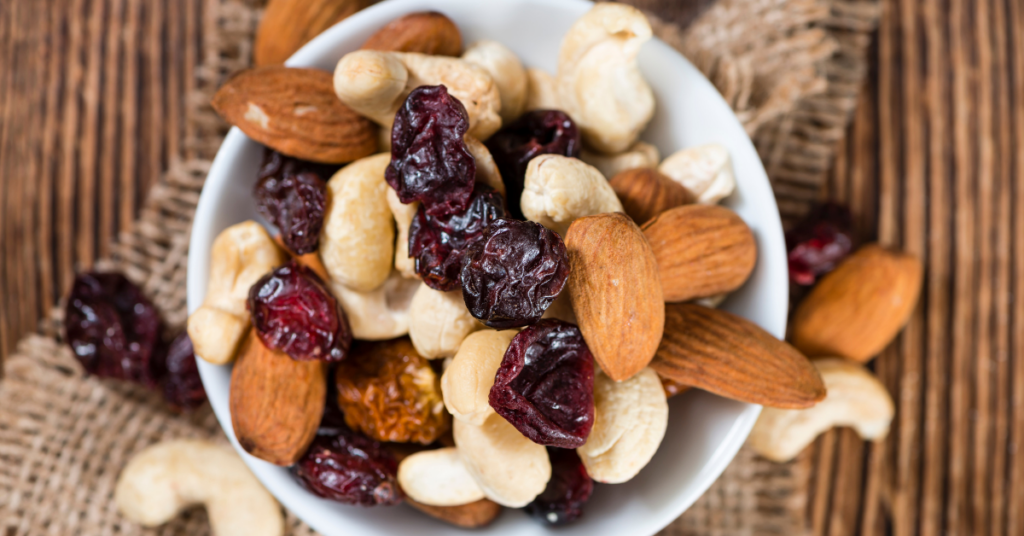What Is Bulk and Cut, and Why Has It Been the Norm?
For decades, the fitness world has lived by a simple rule: bulk now, cut later.
In this model, you intentionally eat a calorie surplus—often packed with high-protein shakes, meats, and powders—to gain muscle. Along with it, you expect to gain some fat. That’s the tradeoff.
Then, in a later phase, you enter a cut: a calorie deficit designed to shed the fat and hopefully reveal the muscle you built underneath.
It works. It’s the dominant strategy used by bodybuilders, fitness models, athletes, and recreational lifters everywhere. But for all its popularity, bulk and cut isn’t as efficient as it seems.
The traditional fitness model says:
- Eat excess protein and calories to bulk up and add muscle
- Accept some fat gain
- Cut later to reveal the muscle underneath
- Repeat… endlessly
The question isn’t whether bulk-and-cut works. It does. The question is:
“…is there a better way?“
Introducing Match Rate™: A Smarter Way to Measure Protein Quality
If you’ve never heard of Match Rate™ before, here’s what you need to know:
Match Rate™ is a smarter way to measure protein quality. Traditional metrics like grams per serving or digestibility scores don’t answer the most important question:
“How much of this protein can your body actually use to build and repair muscle?“
Your body doesn’t use protein in grams. It uses amino acids, and it requires all nine essential amino acids (EAAs) to be present in the exact proportions to synthesize new muscle tissue effectively.
If even one of those nine is too low, your body can’t build. That’s what makes most proteins, even highly digestible ones, less efficient than they appear. Some provide more of what your body doesn’t need and less of what it does.
Match Rate™ quantifies this alignment. It measures how closely the amino acid profile of a given protein source matches the actual needs of human muscle. The higher the Match Rate™, the more efficiently your body can use it, and the less of it is wasted or converted into fat.
Think of it like building a house. You might have plenty of lumber, nails, drywall, and shingles, but if you only brought in enough lumber to build the frame, construction stops, and you can’t build the rest of the house. Your body works the same way: without the right materials in the right balance, If even one EAA is missing or too low, muscle building (construction) stops cold.
The rest of the amino acids can’t be used, no matter how much protein you consumed. This is known as the limiting amino acid effect, and it’s why some protein sources (even high-protein ones) don’t actually help you build or maintain lean mass.
Instead of being used to build, that protein often gets repurposed for energy or stored as fat.
Match Rate™ gives us a new way to ensure the right materials are showing up to the job, in the right amount, at the right time.
The Hidden Inefficiency No One Talks About
The bulk-and-cut cycle is often treated like a law of nature, but it’s mostly a response to low-efficiency fueling. You’re not gaining excess fat because you’re eating more protein. You’re gaining excess fat because a large portion of that protein isn’t usable for muscle building.
In other words:
“You’re not just bulking. You’re overshooting.“
Let’s go deeper into why this cycle exists in the first place.
Most high-protein diets rely heavily on whey or single-source proteins. Whey is popular for good reason—it digests quickly and is easy to supplement with and is relatively cheap to whole food proteins
But it has a major flaw no one talks about. It is a terribly unbalanced protein source.
Whey has a Match Rate™ of just 48.48%.
That means over half of the protein you consume from whey doesn’t match what your muscles actually need to rebuild. It gets broken down, repurposed for fuel, or converted into fat.
Let’s say you consume 100 grams of whey protein a day during your building bulk phase:
- Only about 48 grams of the 100 are actually useful for rebuilding muscle tissue
- The remaining 52 grams are excess—they’re not the right amino acids in the right ratios, so your body either burns them or stores them
Stored as what? You guessed it: fat.
…and no one wants that
What Happens to Unused Amino Acids?
So what happens to those unbalanced proteins with too much of one amino acid and not enough of another? Where do the extra amino acids go if they can’t be used for muscle?
Your body doesn’t store amino acids for future muscle-building. There’s nowhere to store them, and they don’t just float around in your bloodstream indefinitely. They linger only for a short period of time.
If they can’t be used in the moment, they’re metabolized in the liver into energy, and if that energy isn’t used, it’s stored as fat.
Here’s how it actually works:
- Deamination: The amino acid’s nitrogen group is stripped off
- Conversion to Glucose: The carbon skeleton is converted into glucose via gluconeogenesis
- Storage as Fat: If that glucose isn’t immediately needed for energy, it gets stored as fat
This process is invisible. It’s not bloating or indigestion. It’s a silent process, managed by your liver, just like your liver cleans your blood of any other unneeded or unwanted things.
And it’s one of the big reasons why you can follow a high-protein plan and still gain fat.
“Poor protein balance = less muscle, more stored fat“
Imagine that: protein you consumed to build muscle, with much of it ending up stored as fat instead.
This is the core inefficiency no one talks about. And it’s what keeps people trapped in the bulk-and-cut loop.
It’s a nutritional tragedy, but it doesn’t have to end that way.
Match Rate™: Stop Wasting Your Protein (and Your Progress)
Match Rate™ is a better way to measure protein quality. It doesn’t just ask how much protein you’re eating or how well it’s absorbed. It asks:
“How much of that protein can your body actually use to build muscle?“
NutriMatch™ is our proprietary algorithm that blends plant proteins with a near-perfect 96.2% match rate to the amino acid profile your muscles actually use and need, giving your body the exact building blocks it needs, so you can train harder, recover faster, and perform at your best.
That means almost every gram you eat can be converted into strength, and growth.
Compare that to:
- Whey: 48.5% Match Rate™
- Chicken: 81.4%
- Beef: 85.3%
- Eggs: 70.30%
With NutriMatch™:
- You eat less to get the same or better results
- You recover faster without needing more calories
- You build leaner, without excess fat gain
This isn’t theoretical. It’s just math. It’s measurable. and it’s especially powerful for anyone trying to lose fat, maintain lean muscle, and feel confident in their body without extreme diets or intense training plans.
The Role of Match Rate™ in Lean Gains
Let’s break down why Match Rate™ matters.
Match Rate™ is a new metric designed to measure how closely a protein source matches the essential amino acid (EAA) profile of human muscle tissue. It doesn’t ask how much protein you’re eating or even how much is absorbed. It asks:
“Can your body use this protein to build muscle—or will it go to waste?“
When your protein has a low Match Rate, your body gets overwhelmed with excess amino acids it can’t use effectively. These get converted into glucose via gluconeogenesis, and if that glucose isn’t burned, it gets stored as fat.
That means traditional bulking requires:
- More calories
- More protein
- More time
…just to get the same muscle gains you could achieve with smarter fueling.
NutriMatch™ is a proprietary system that uses a multi-source plant blend, fine-tuned with an algorithm that balances all nine EAAs to nearly match human muscle exactly.
The result? A 96.2% Match Rate.
That means:
- Less protein waste
- Less storage as fat
- More lean gains per gram of protein
You no longer need to consume massive surpluses or accept fat gain as part of the process. You can gain muscle without needing to cut back later.
Why This Matters for Anyone Seeking Lean, Sustainable Results
Let’s be honest: the bulk-and-cut model can be exhausting.
It works best for fitness professionals whose full-time job is managing their body. But for the rest of us? It’s a rollercoaster of weight gain, fatigue, bloating, calorie math, and scale obsession.
And for women and aging adults, the cycle can feel even more punishing:
- Harder to shed fat during the cut
- Easier to regain it during the next bulk
- Increased inflammation, fatigue, and hormonal disruptions
But what if you didn’t have to choose between:
- Building muscle and staying lean
- Eating more and staying in shape
- Fueling your body and maintaining your confidence
That’s what Match Rate™ unlocks. It’s not about eating less. It’s about eating smarter.
Smarter Fueling = Smarter Gains
Bulk-and-cut worked when it was the best we had. But now we have better.
With NutriMatch™:
- You get protein that actually matches your muscle’s needs
- You reduce waste and storage
- You gain lean mass without the rebound
Whether you’re chasing strength, tone, or long-term health, Match Rate™ changes the equation.



